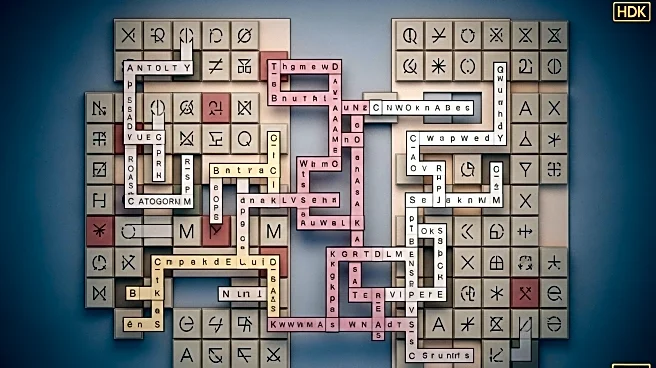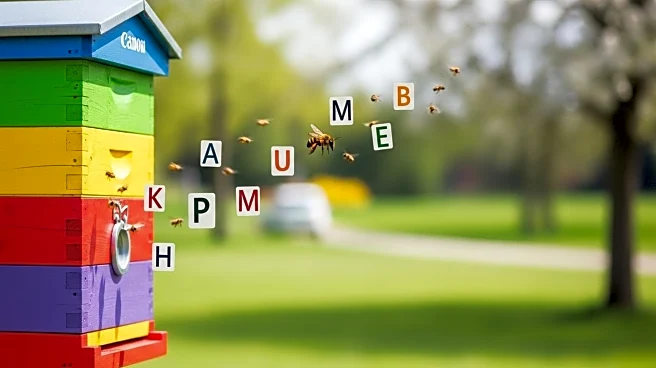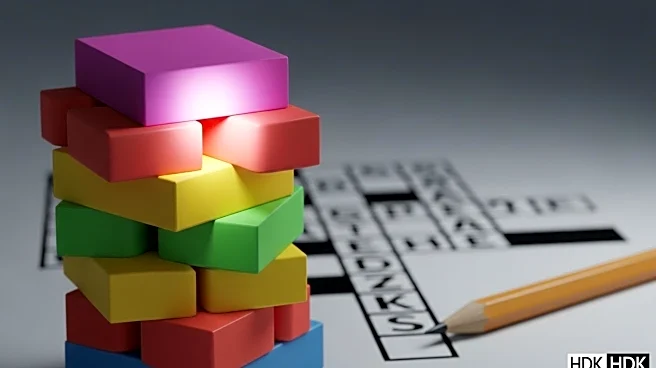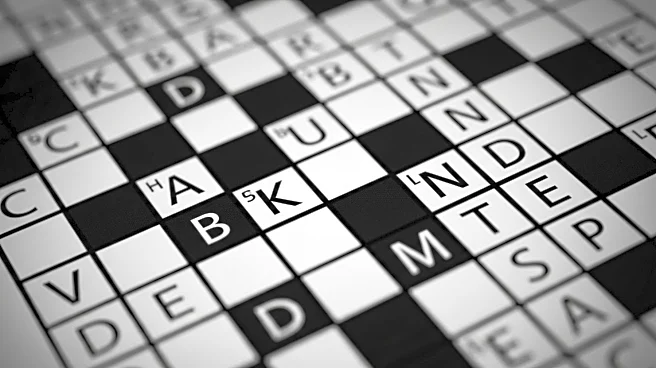What's Happening?
Adrianne Baik, a student at Harvey Mudd College, has crafted a crossword puzzle for The New York Times that incorporates a theme centered around Kit Kat Minis. The puzzle, titled 'Gimme a Break!', features a clever double rebus in five locations, where certain across and down clues intersect. The theme is tied to the Kit Kat Minis, which are referenced in the puzzle's title and the revealer clue at 112-Across. This puzzle marks Baik's second contribution to The Times, following her debut in June. The puzzle's execution has been praised for its bright and cheerful nature, as well as its clever fill.
Why It's Important?
The inclusion of product placement in crossword puzzles, such as the Kit Kat Minis theme, highlights the evolving nature of puzzle design and the creative ways constructors engage solvers. This approach can attract attention from both puzzle enthusiasts and fans of the featured products, potentially increasing interest in both the puzzle and the product. Additionally, the success of students like Adrianne Baik in publishing puzzles in major outlets like The New York Times underscores the growing influence of young talent in the puzzle-making community, fostering innovation and diversity in the field.
What's Next?
As crossword puzzles continue to evolve, constructors may explore more themes that incorporate popular culture and products, potentially leading to collaborations with brands. This trend could influence the puzzle industry by introducing new formats and attracting a broader audience. For Adrianne Baik, her continued success may lead to further opportunities to publish puzzles and contribute to the puzzle community, inspiring other young constructors to pursue similar paths.
Beyond the Headlines
The use of product placement in puzzles raises questions about the balance between creativity and commercial influence. While it can add an engaging element to puzzles, it also prompts discussions about the ethical implications of advertising within traditionally non-commercial spaces. As this trend grows, puzzle constructors and publishers may need to consider the impact on the integrity and perception of their work.










